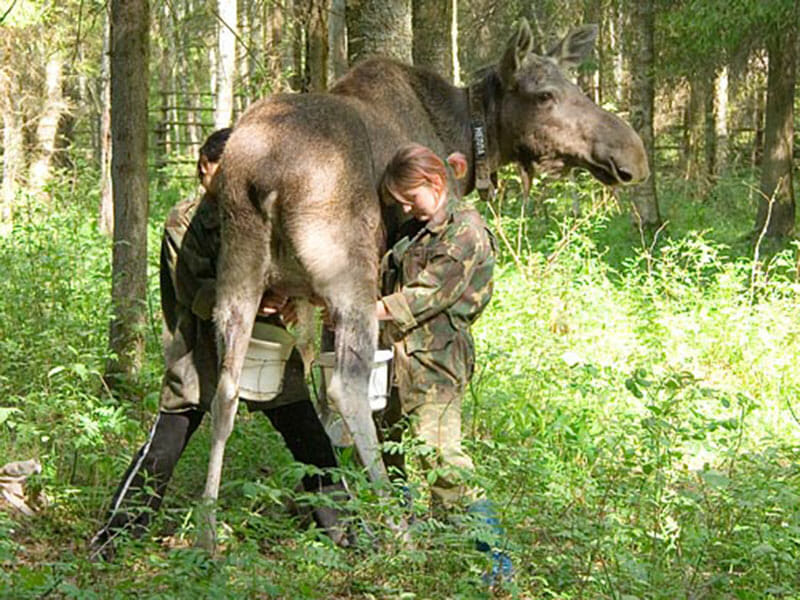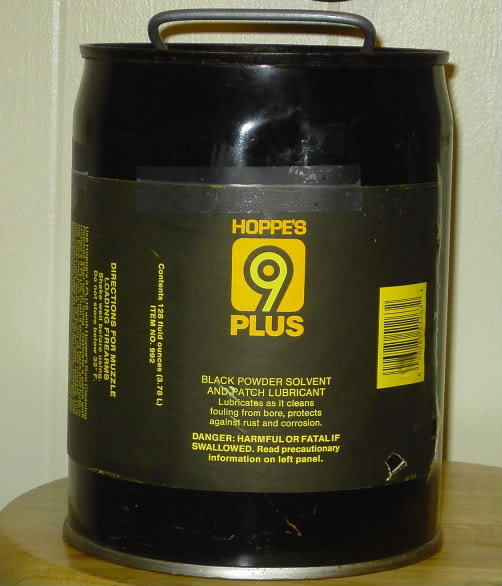- Joined
- Oct 19, 2021
- Messages
- 2,659
- Reaction score
- 4,934
- Location
- Far Away Downs Queensland Australia.
Hoppes BP Lube is about as good a patch lube as anything around. I used mink oil in the woods and Hoppes for everything else. Wet, but not drippy, patches work in every gun I own. And I'd rather be shooting than cobbling up some liquid combo. I've used a few other substances with very good results but prefer Hoppes & mink oil.
Moose milk.

Hoppes, the way I used to be able to buy it.

Does the Moose being milked have a name, its just that I find Cows, Goats and even Horses settle easy like; if theyre talked to while being Milked.






